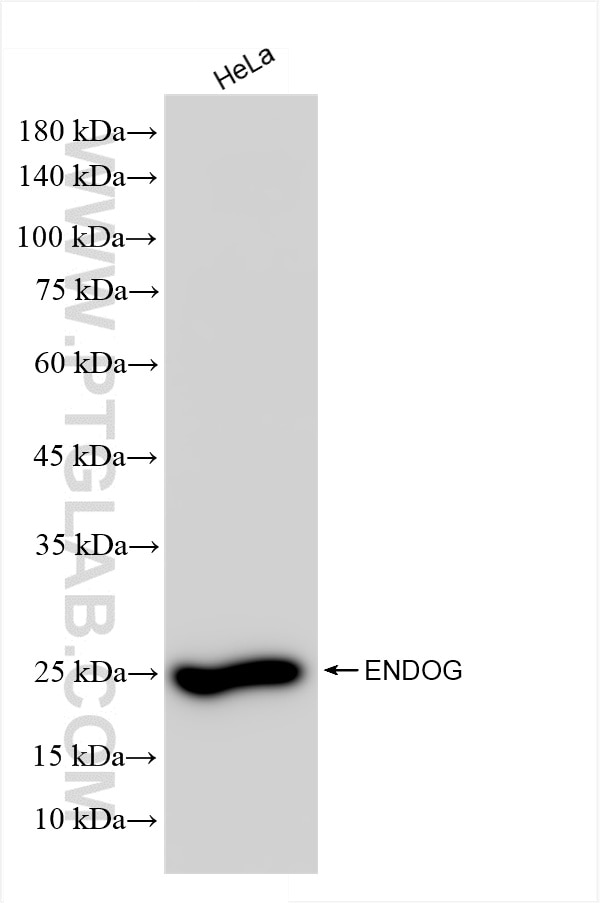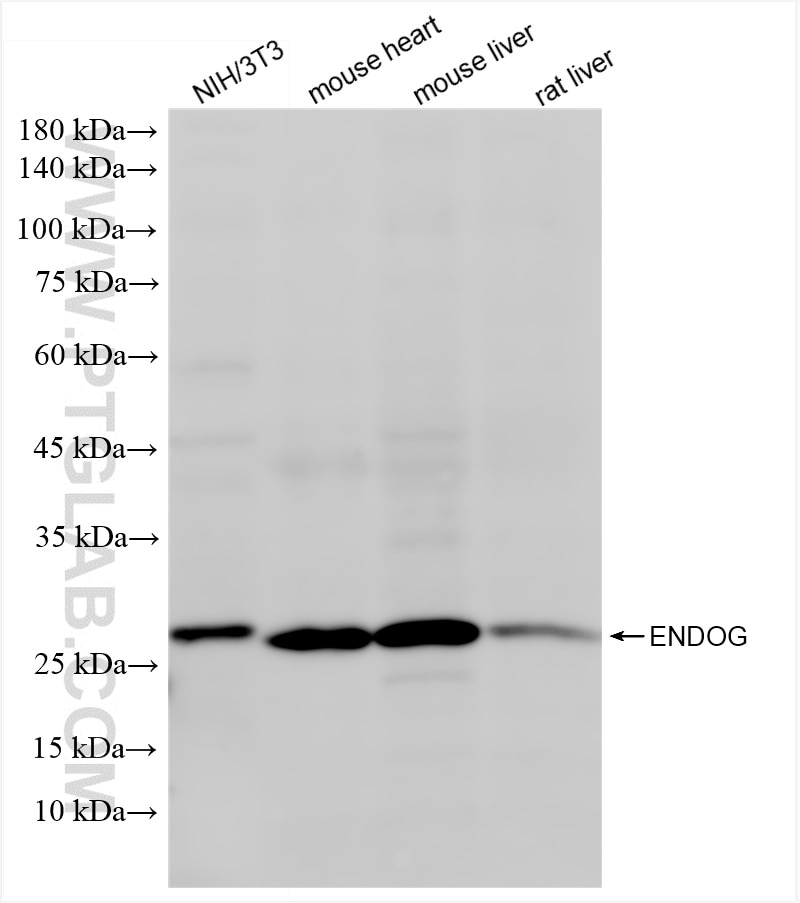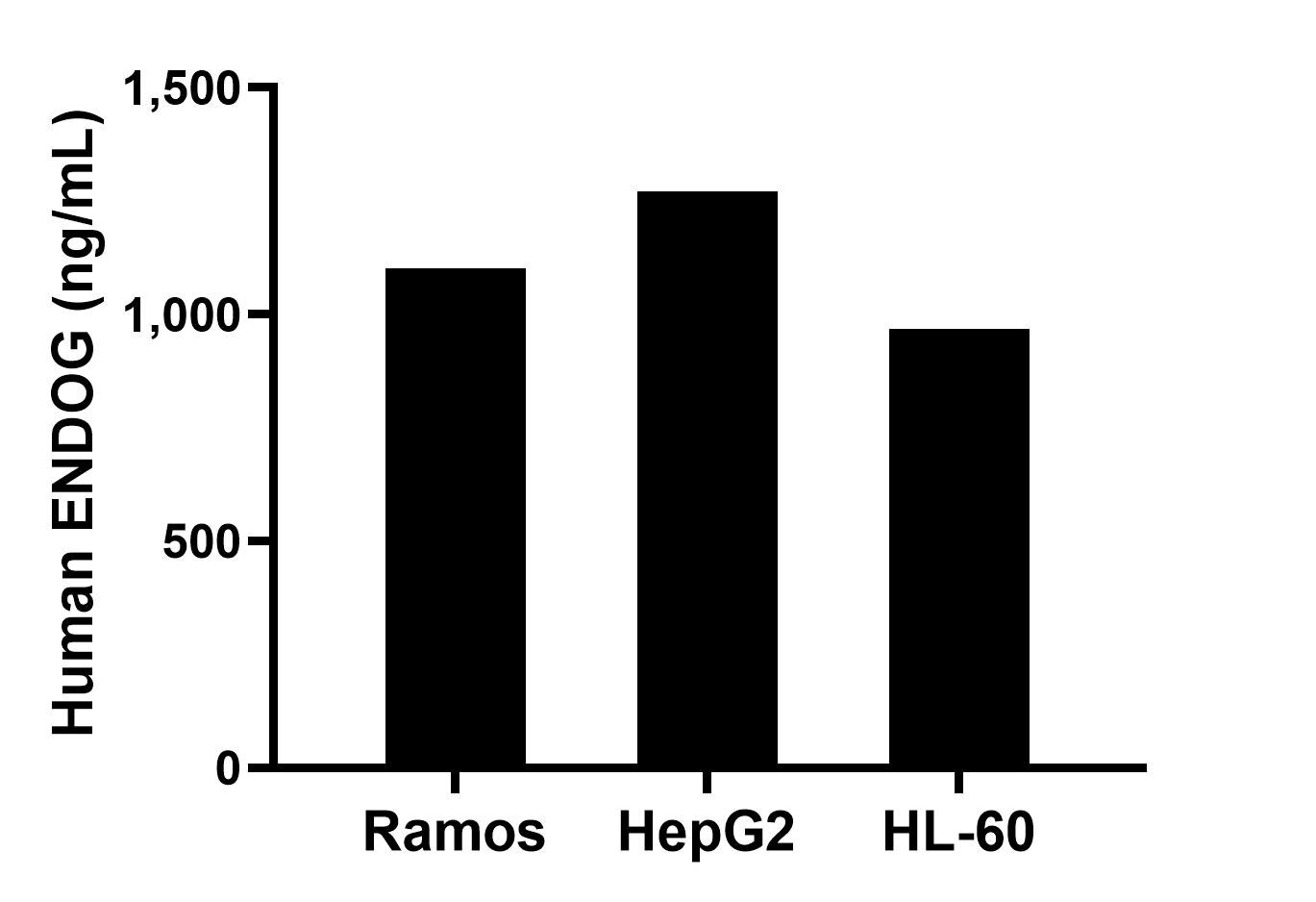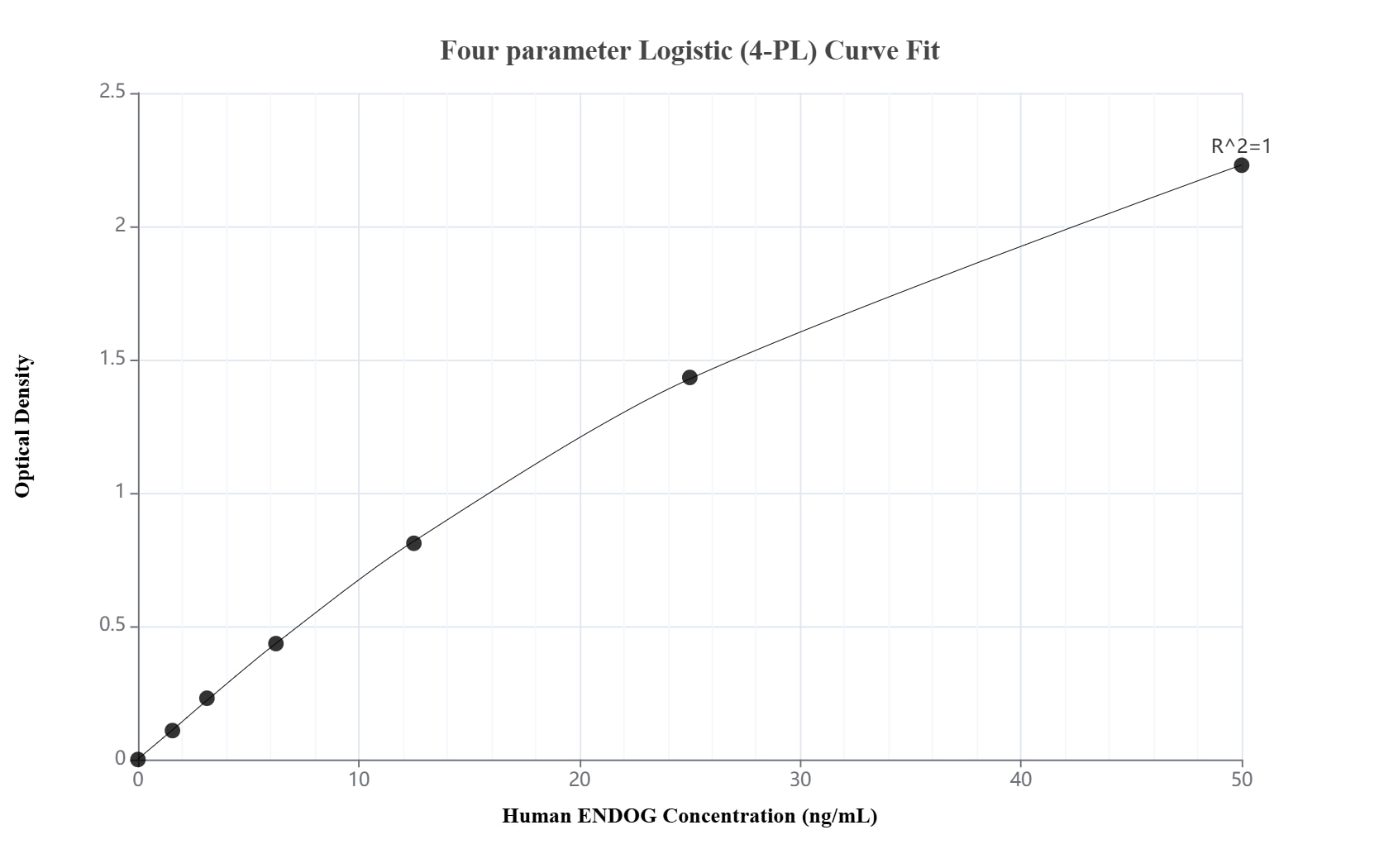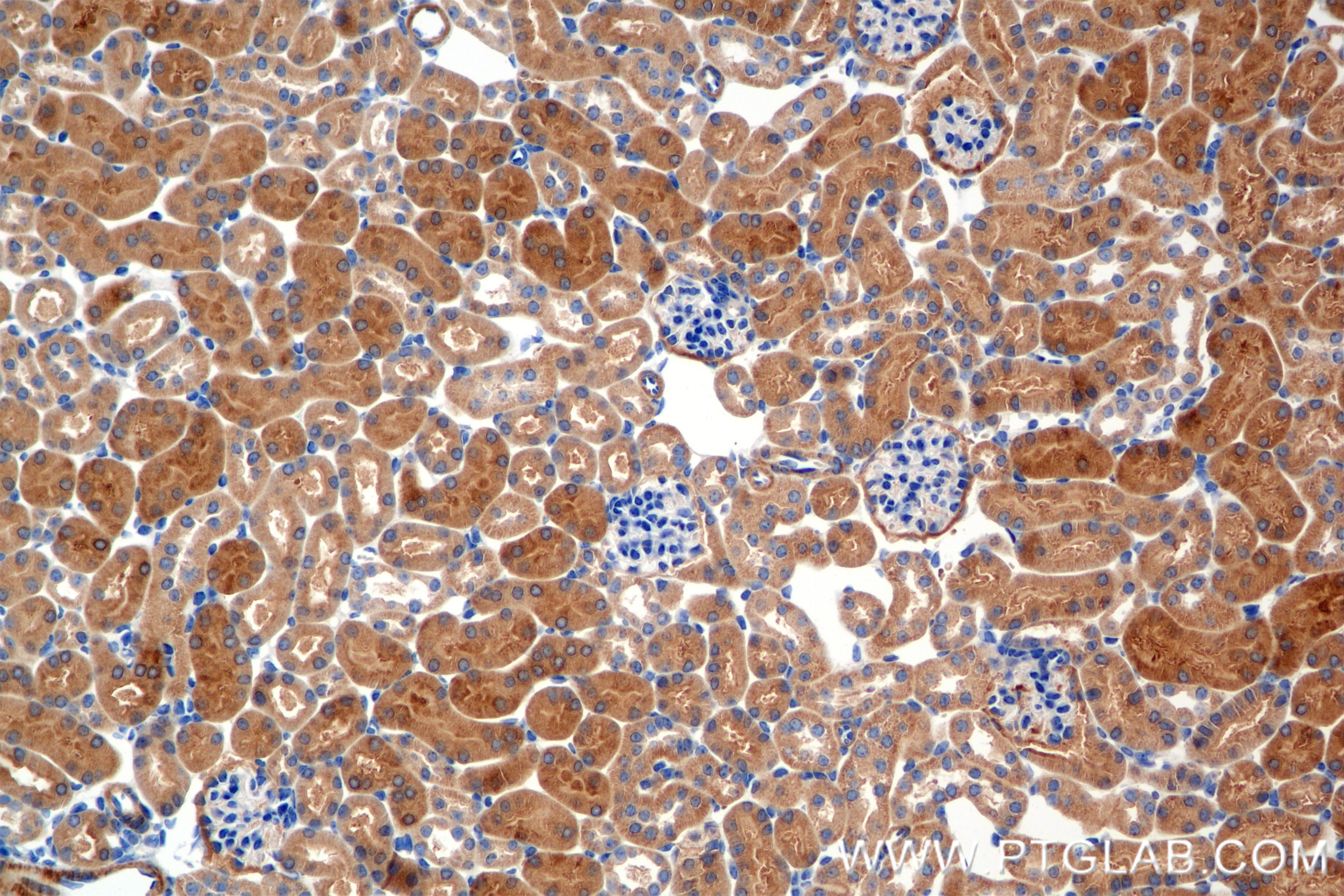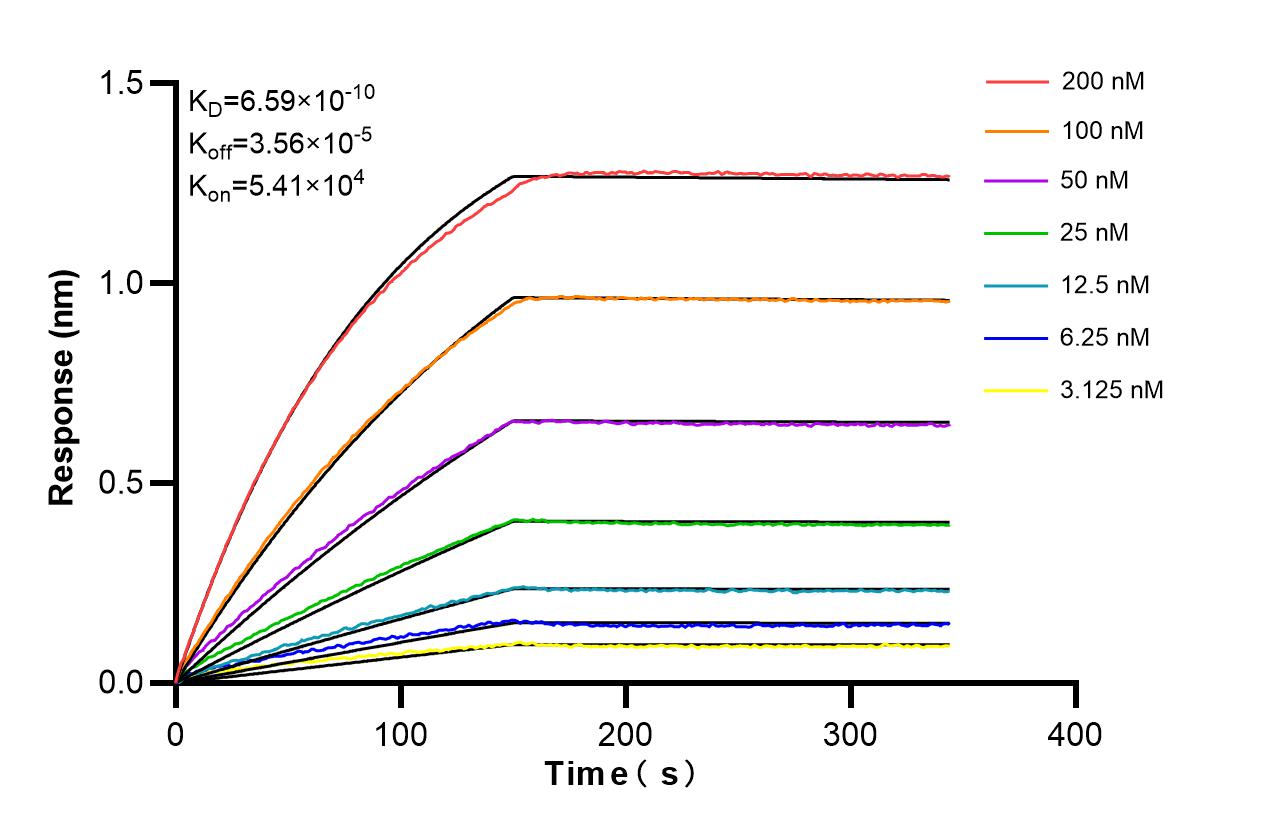Anticorps Recombinant de lapin anti-ENDOG
ENDOG Recombinant Antibody for WB, IHC, Sandwich ELISA, Indirect ELISA
Hôte / Isotype
Lapin / IgG
Réactivité testée
Humain, rat, souris
Applications
WB, IHC, Sandwich ELISA, Indirect ELISA
Conjugaison
Non conjugué
CloneNo.
250804D2
N° de cat : 86122-1-PBS
Synonymes
Galerie de données de validation
Informations sur le produit
86122-1-PBS cible ENDOG dans les applications de WB, IHC, Sandwich ELISA, Indirect ELISA et montre une réactivité avec des échantillons Humain, rat, souris
| Réactivité | Humain, rat, souris |
| Hôte / Isotype | Lapin / IgG |
| Clonalité | Recombinant |
| Type | Anticorps |
| Immunogène | ENDOG Protéine recombinante Ag17739 |
| Nom complet | endonuclease G |
| Masse moléculaire calculée | 297 aa, 33 kDa |
| Poids moléculaire observé | 25-30 kDa |
| Numéro d’acquisition GenBank | BC016351 |
| Symbole du gène | ENDOG |
| Identification du gène (NCBI) | 2021 |
| Conjugaison | Non conjugué |
| Forme | Liquide |
| Méthode de purification | Purification par protéine A |
| Tampon de stockage | PBS only |
| Conditions de stockage | Store at -80°C. 20ul contiennent 0,1% de BSA. |
Informations générales
Endonuclease G, also named as EndoG, is a mitochondrial protein. It's a nuclease which was first characterized in bovine heart mitochondrial extracts. It's involved in many cellular process, including apoptosis, paternal mitochondrial elimination and autophage (PMID:33473107). It is a nuclear encoded, sugar-non-specific (PMID:15066427) and well-conserved nuclease (PMID:17244531). It can be released from the mitochondria and translocated to the nucleus where it induces fragmentation of DNA, leading to apoptosis (PMID:11452314). EndoG is a 297-amino-acid long protein with a molecular weight of 30-35 kDa. There is a homodimer form with MW about 60-70 kDa.
